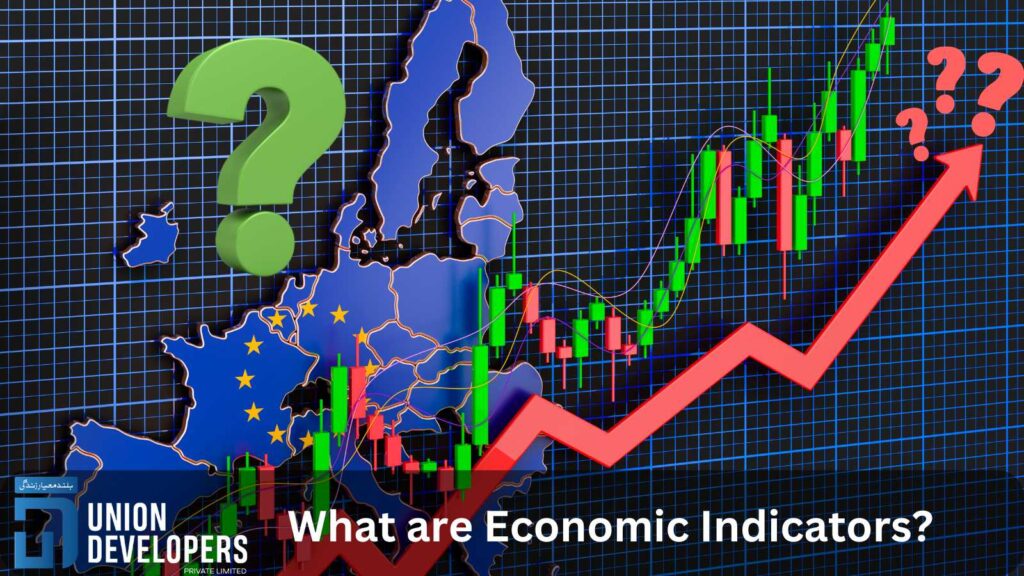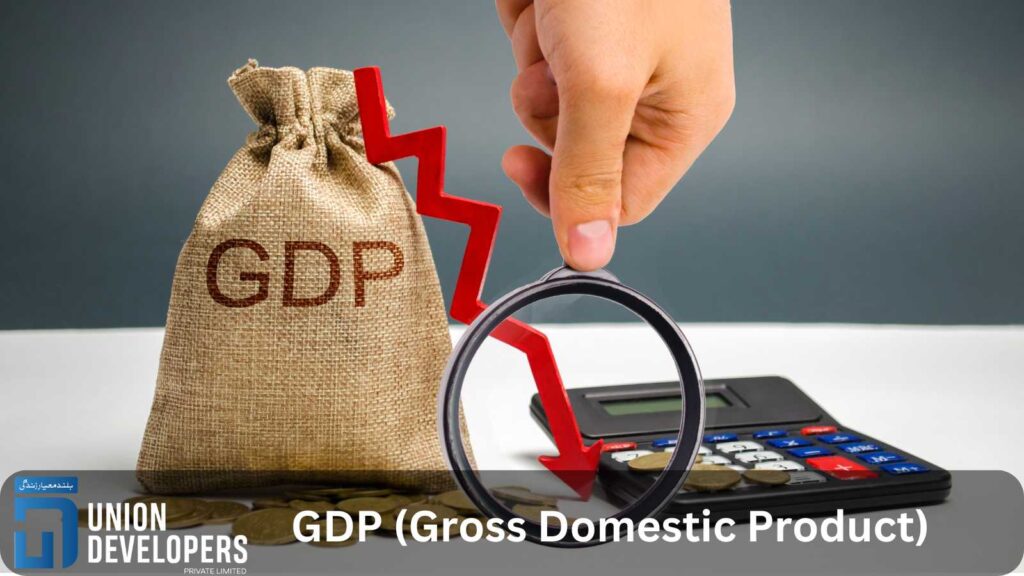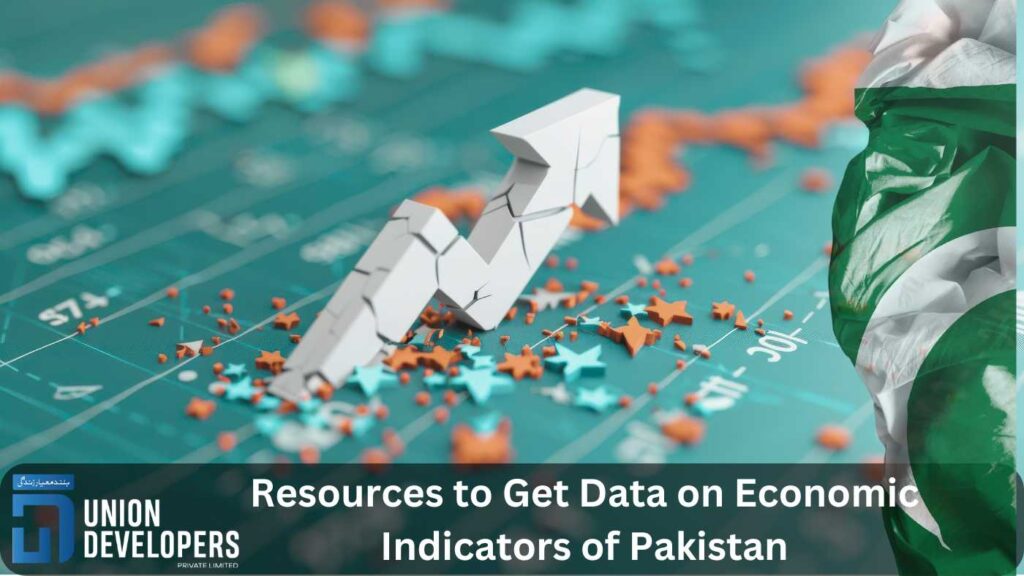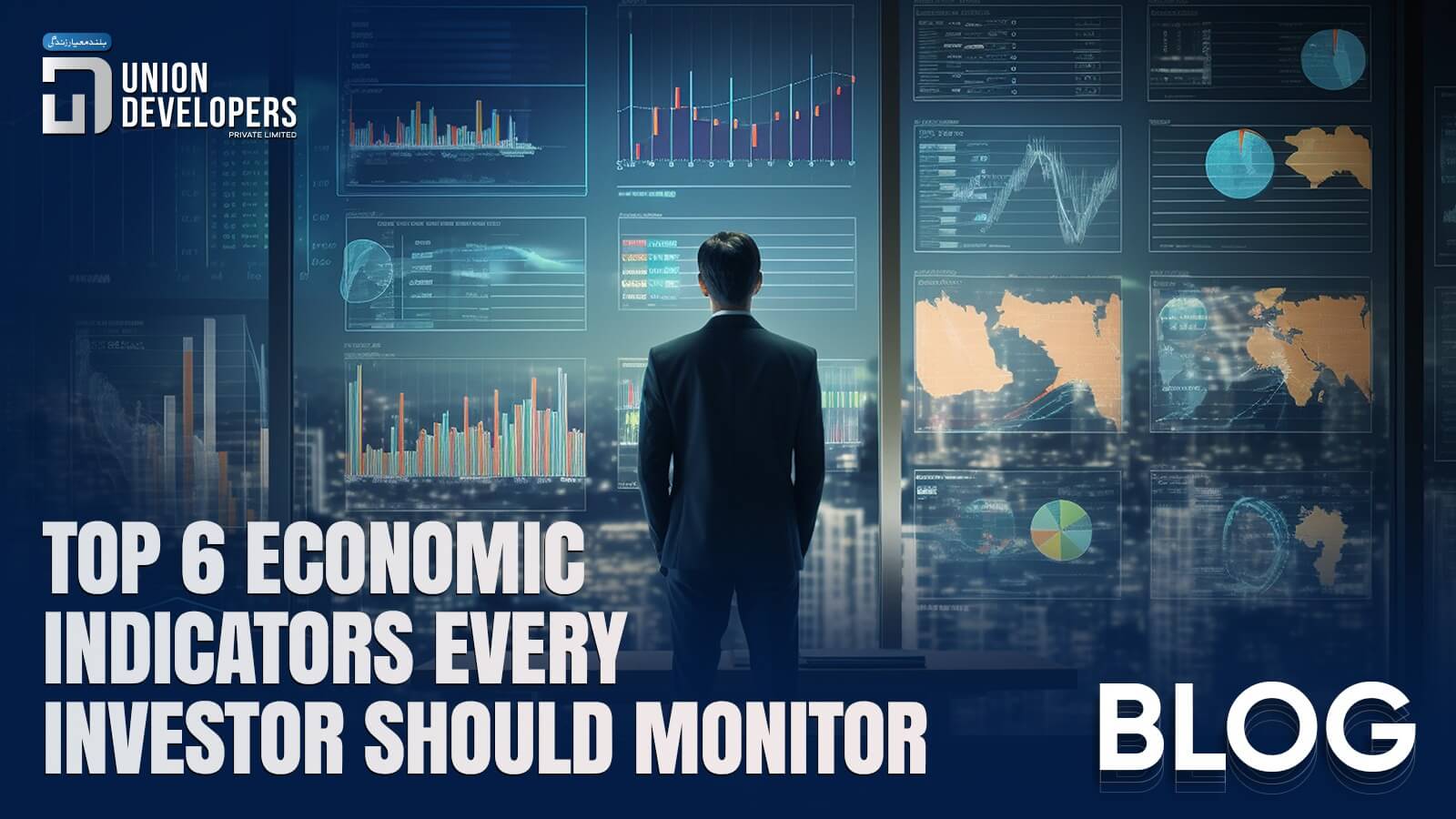Every investment advisor, economist, and even an ordinary person on the street might have opinions about the economy of the country. You can even get into a deep conversation with your cab driver about the current economic situation. Particularly in this tech era, we are bombarded with a flood of economic and financial news online. We are generally told that our economy is struggling, unemployment is high, and industrial production is stagnant. If you are a consumer or an investor, you have to understand the terminology to be able to assess the overall economic health. This is where economic indicators come in. Let’s learn what economic indicators are.
What are Economic Indicators?

According to Investopedia, an indicator is considered any piece of information that can help a consumer or an investor decipher what is happening in the economy. These are the statistics that give credible information about the economy. They are reported and estimated by private institutions and the government. The indicators of economic development can be used to guide the forecasts of future economic activity.
There are three main types of economic indicators: lagging, leading, and coincident indicators. Leading indicators indicate the changes before these occur in real-time. These indicators consider the most useful indicators and are more forward-thinking predictions. The Consumer Sentiment Index is an example of a leading indicator.
Lagging indicators indicate a change in the economy after the output has changed already. An example can be the Employment Rate, which tends to fall after the decline of economic activity. Coincident indicators analyse the economic activity at the time of the publication.
There are many indicators on the list that can create confusion. Therefore, we have listed the most useful indicators every investor should know. These are some of our experts’ top indicators that influence the economy. You can always do your research using the knowledge you get as a starting point.
GDP (Gross Domestic Product)

GDP is a lagging indicator, which is the total value of finished services and goods in a country. Economists calculate it periodically, usually yearly or quarterly, on the basis of the market’s responses to GDP changes. They compare positive GDP growth over periods to understand how well the economy of a country is doing. Negative GDP growth may indicate that an economy is in or getting into an economic downturn or recession.
Unemployment
Economists indicate the unemployment rate by the percentage of the unemployed in the total country’s labour force. However, unemployment does not fall in the trend of growth increase. Businesses try to cover their downturn by retaining the employees who work more. After they recover, they start onboarding more workers. The unemployment rate starts decreasing when economic recovery starts. The number of unemployed is released by the Pakistan Bureau of Statistics (PBS).
CPI & PPI
There are two types of inflation measures: the Consumer Price Index (CPI) and the Producer Price Index (PPI). CPI is the measure of the total value of services and goods consumers have bought over a period of time. PPI is the measure of inflation from the producers’ perspective. Both are scrutinized highly by investors, and both data are released by the Pakistan Bureau of Statistics (PBS) periodically.
Retail Sales
Advance monthly retail sales are a measure of the sales at retail establishments, and it does not include service spending. Data is calculated by the Pakistan Bureau of Statistics (PBS) and is usually released after the two weeks of each month. It gives a peak at a nice chunk of gross domestic product and also sets a tone for personal consumption expenditures for later release. The market value for retail sales indicators is very high.
Consumer Confidence Index
Consumer Confidence Index is of interest to investors and economists since it includes the inflation outlooks and expectations for consumers. The CCI is carried out monthly and contains up to 50 questions that track various aspects of consumer behaviour.
The State Bank of Pakistan monitors consumer sentiment through surveys regularly. The decline in CCI signals the need for economic intervention such as boosting job growth or easing the pressure on inflation.
Industrial Production
The industrial Production Index analyzes the physical volume of output of the entire nation’s electric, manufacturing, mining, and gas industries relative to the base year. It is published in the middle of every month by the Pakistan Bureau of Statistics (PBS).
The industrial production Pakistan economic indicator is published in their Monthly Bulletin of Statistics and Quarterly Reports. This helps policymakers, investors, and economists assess the industrial growth to make informed decisions.
Best Resources to Get Data on Economic Indicators of Pakistan

Here are some authentic and official resources to gather information about the economic indicators of Pakistan.
Pakistan Bureau of Statistics (PBS): It gives official data on economic indicators of Pakistan, including the Consumer Price Index. Employment statistics, PPI, trade, and industrial production.
State Bank of Pakistan (SBP): It publishes various economic indicators, including interest rates, foreign exchange reserves, balance of payments, etc. Their monthly statistical bulletin and annual reports are used by major policymakers and financial institutions.
Ministry of Finance, Pakistan: It publishes the Pakistan Economic Survey once a year. This report includes data on sector performance, GDP growth, development programs, and fiscal policy.
World Bank Open Data: Its open data platform provides major economic indicators for Pakistan and other countries as well. This global perspective helps economists with comparative analysis covering trade, poverty, development, population, and GDP.
International Monetary Fund (IMF): It outlooks reports and country reports while giving the global context. It also gives an analysis of Pakistan’s economic condition. You can also find the macroeconomic indicators of Pakistan in their periodic data.
These sources are reliable for everyone to get the information, supporting timely decision-making and in-depth analysis.
Final Thoughts
All in all, monitoring economic indicators is crucial for policymakers, investors, or economic analysts to navigate the economy of a country. You can make informed decisions by focusing on metrics such as CPI, GDP, PPI, industrial production, or unemployment rates in a country such as Pakistan. You can visit countries’ official resources to get accurate reports and data for a better understanding of your country’s economic situation.





